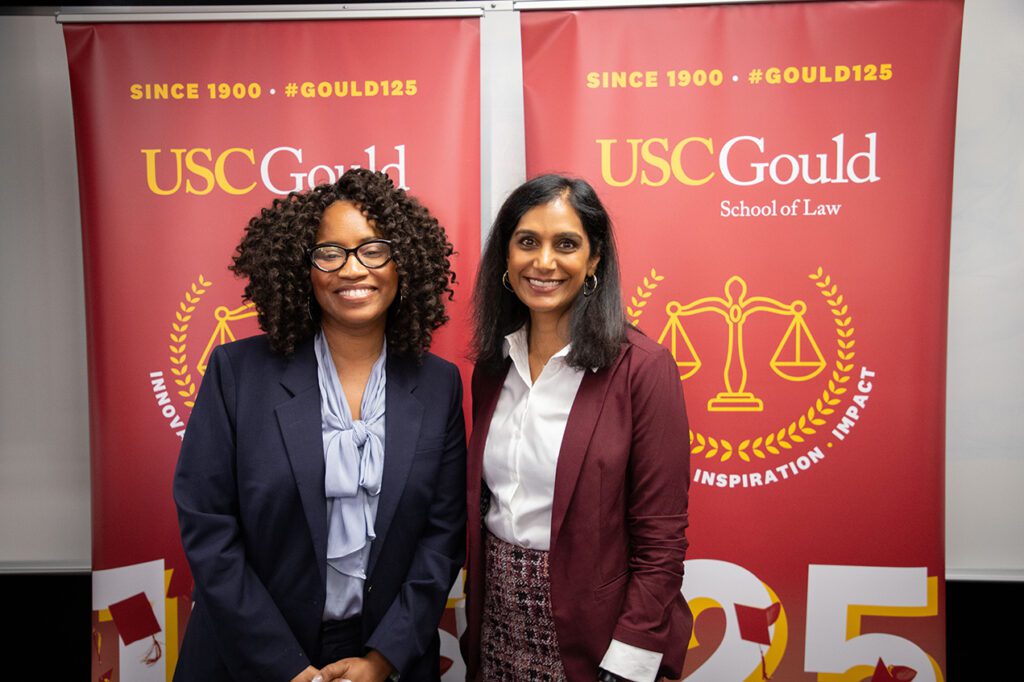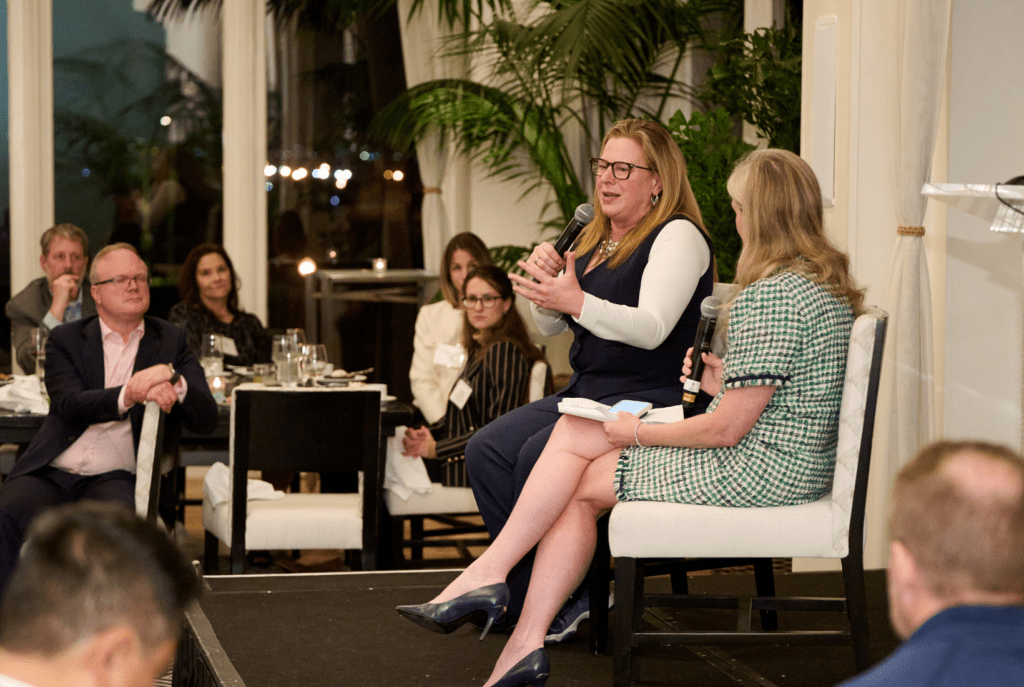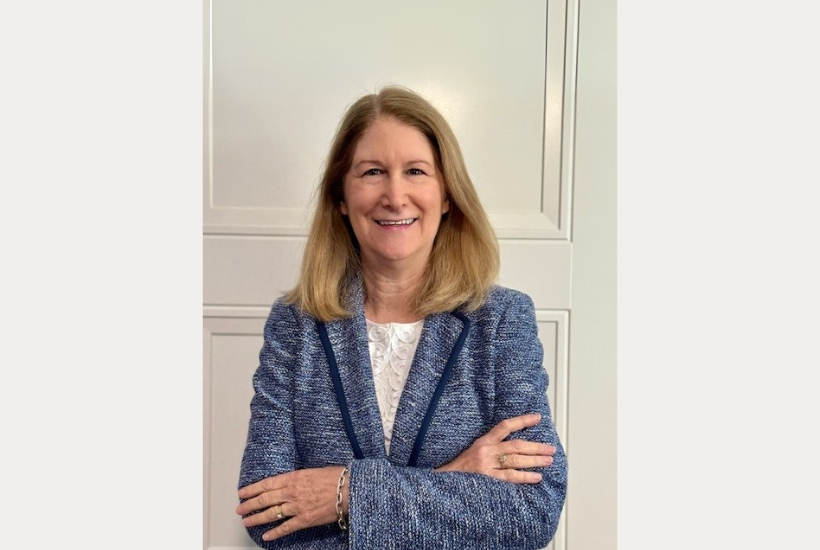Prof. Heidi Rummel discusses the ‘huge successes’ of PCJP student-lawyers over 35 years
-By Gilien Silsby
Heidi Rummel is clinical professor of law and co-director with Prof. Michael Brennan of the Post-Conviction Justice Project (PCJP), which advocates for the legal rights of convicted prisoners. Prof. Rummel discussed the PCJP’s mission and work in parole, habeas petitions and resentencing cases, providing insights into the ways student-lawyers have given California life-term prisoners a new lease on life.
The PCJP was launched 35 years ago. How has the project grown and changed over time?
For many years, our work was primarily in the federal system — federal parole hearings and habeas cases. But as laws have changed, our practice has evolved. Congress abolished federal parole in the mid-’80s and severely restricted the availability of habeas relief in federal cases in the mid-’90s. In response, our Project became much more focused on California state prisoners, and we took on the lifer parole process. When I joined the Project about 10 years ago, we expanded into the area of juvenile justice, advocating for legislative reforms and representing clients who were under 18 at the time of their crimes but sentenced to extreme adult terms that offered no realistic chance for release.
 |
| USC Gould students with PCJP Directors Heidi Rummel and Michael Brennan. |
How many students and how many clients are part of the Project?
I co-direct the Project with Prof. Michael Brennan. Each year, we enroll 16 new students and have up to 10 returning advanced students working on between 50 and 60 active parole, habeas and resentencing cases. Close to 700 students have participated in the Project since 1981, representing hundreds of California life-term prisoners.
How do you decide what kinds of cases the Project will take on?
Our primary objective is to prepare our students for the practice of law, so it is important to us that the students are able to take ownership of each case and truly function as the attorney on the case in every way — from the client relationship to strategic decisions to arguing the cases on appeal. We also value our social justice mission by prioritizing clients who would not otherwise be entitled to legal representation and cases with the potential for wide impact.
Can you describe the students’ involvement in the cases?
The students are the lawyers on their cases — they very much learn by doing. Under our supervision, the students are responsible for the strategic decisions in the case, the client relationship and the development of testimony and evidence and experts. The students are certified to appear at the administrative hearings and in court. They learn much more than how to write a brief or interview a witness or make an oral argument. They learn how to advocate. The clients are real, the stakes are high, and the legal issues are challenging.
How did the Project become involved in legislative work, and how has that work complemented the students’ experience representing clients?
When I joined the Project, I pushed for us to represent children sentenced to life without parole (LWOP). At that time, there was no clear legal avenue for relief for those individuals — the U.S. Supreme Court had not yet taken up the issue, and LWOP was the presumed sentence for juveniles convicted of special circumstance murder under California law. PCJP teamed with Human Rights Watch and others to draft and pass SB9 that provides resentencing hearings in many of those cases. SB9 opened the door for additional juvenile sentencing reform in California with the passage of SB260 and SB261 to provide a separate parole process for prisoners who committed their crimes at a young age. Those laws create an intersection for our parole work and our juvenile LWOP work. We’ve expanded significantly to represent youth offenders under the new laws, and we’ve been active in trying to develop regulations for those laws. There’s still a lot of exciting and important work to be done in that realm.
How many clients have been released, and how are they doing?
More than 100 California lifers have been released through the work of the students in our Project. The overwhelming majority of our clients are huge success stories. Most are serving their communities in meaningful ways — they work as drug and alcohol counselors, they are of service in their faith communities, they do restorative justice work, and they are mentoring at-risk youth and giving back in ways that undoubtedly prevent violence and save lives.

















